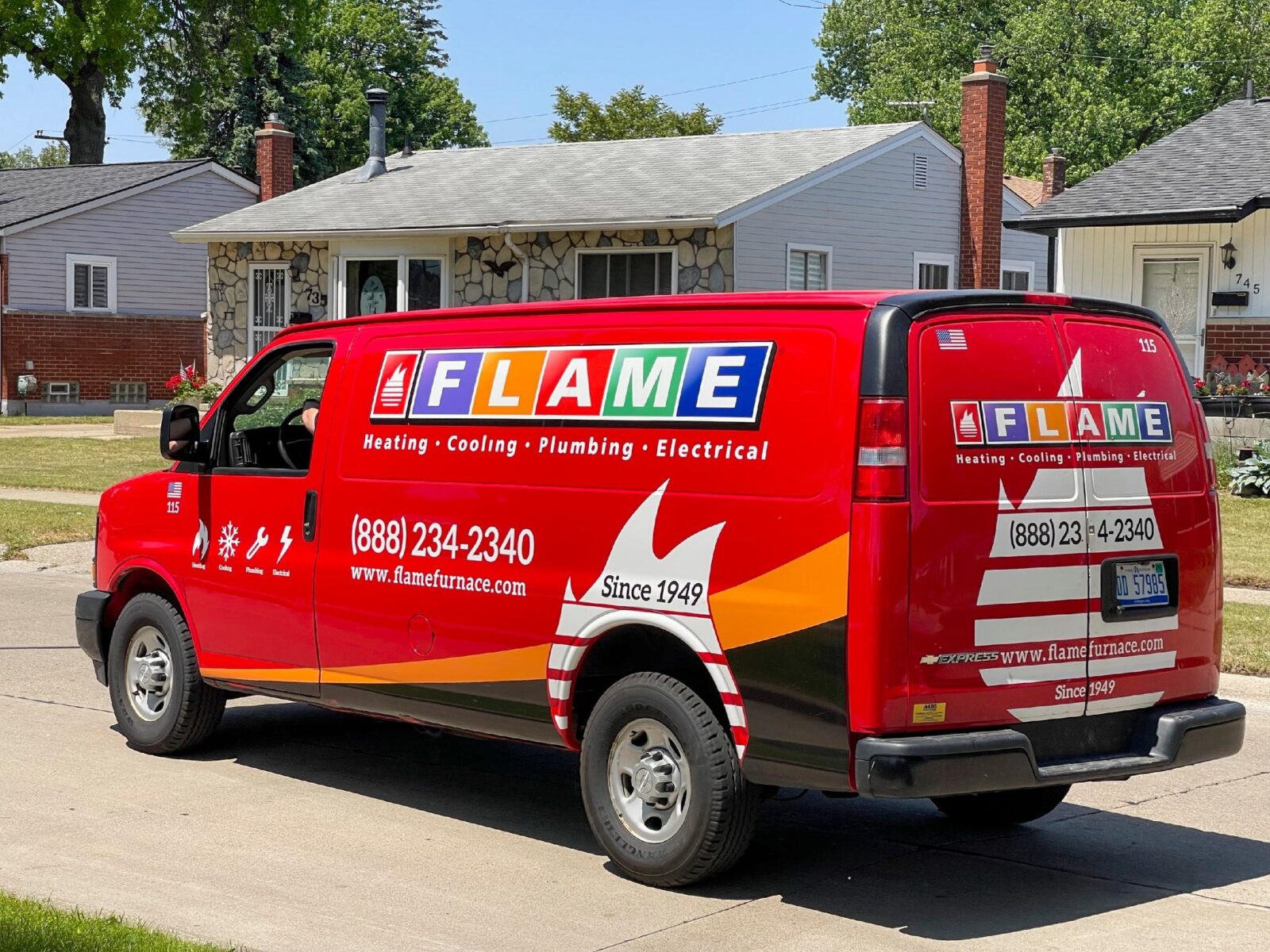How to Thaw Frozen Pipes in 5 Easy Steps

As you probably remember from 3rd grade science, water freezes into ice. When that process happens, the water molecules expand so the ice takes up more space than the water did.
Take that concept and apply it to the plumbing pipes in your home. When the outside temperatures drop, that water can freeze and expand. (Think about when you seem to expand from the day before Thanksgiving to the day after….)
Pipes located on outside walls of the home, or in areas that don’t receive a lot of warm air circulation (inside kitchen cabinets), are the ones that are most susceptible to freezing.
Why Is This a Problem?
First and foremost, frozen pipes are problem because if there is a big block of frozen water in your pipes, you will not have running water coming from that pipe.
The second problem, which is the one most of us worry about, is the potential for the pipe to burst. This happens when the expanding ice creates pressure on the closed faucet. Eventually, there is just too much pressure for the pipe to handle and it bursts.
How Can I Prevent Frozen Pipes?
The best offense is a good defense, right? So, the best way to handle frozen pipes is by not letting them freeze in the first place. You can do this by:
- Wrapping the pipes in insulation
- Opening the doors to under the sink cabinets to allow warm air to flow around the pipes
- Making sure the thermostat is never set too low
- Opening the faucet, even just a little bit to prevent any pressure from building up
Pipes can still freeze even in the most prepared of homes. When that happens, what you want to do is prevent them from bursting. Therefore, as soon as you notice that a pipe in your home is frozen, it is important to begin the thawing process before too much pressure builds up.
How To Thaw Frozen Pipes in 5 Easy Steps
- Find the pipe that is frozen. Frozen pipes may have a slight bulge to them, may have frost on the outside, and there probably will be little to no water coming from the faucet.
- Once the pipe is located, open the faucet to that sink.
- If the frozen pipe is exposed, apply heat to it. You can use a hair dryer, space heater, hot rags, or electrical heating tape. Make sure to follow all safety precautions and never use an open FLAME to thaw a pipe.
- If the frozen pipe is blocked by a wall, you may have to cut out a portion of the wall or call a professional plumber. You can also try turning up the heat in the home to see if that will help.
- Keep warming the pipe until the water runs out of the faucet at full force.
If you have any more questions about keeping your plumbing in good working order, contact us at FLAME Heating, Cooling, Plumbing, and Electrical!
Sidebar
contact us
same day guarantee
Same Day Guarantee
Why Choose Flame Heating, Cooling, Plumbing & Electrical?
Expect Trustworthy Service & Excellent Craftsmanship
- Same-day services
- Licensed & insured
- Free estimates on replacement quotes
- Upfront & fair pricing
- Background checked technicians
- Financing options
- Military, veteran & senior discounts
- Responsiveness & respect for the customer's time
- Expertise in our field





